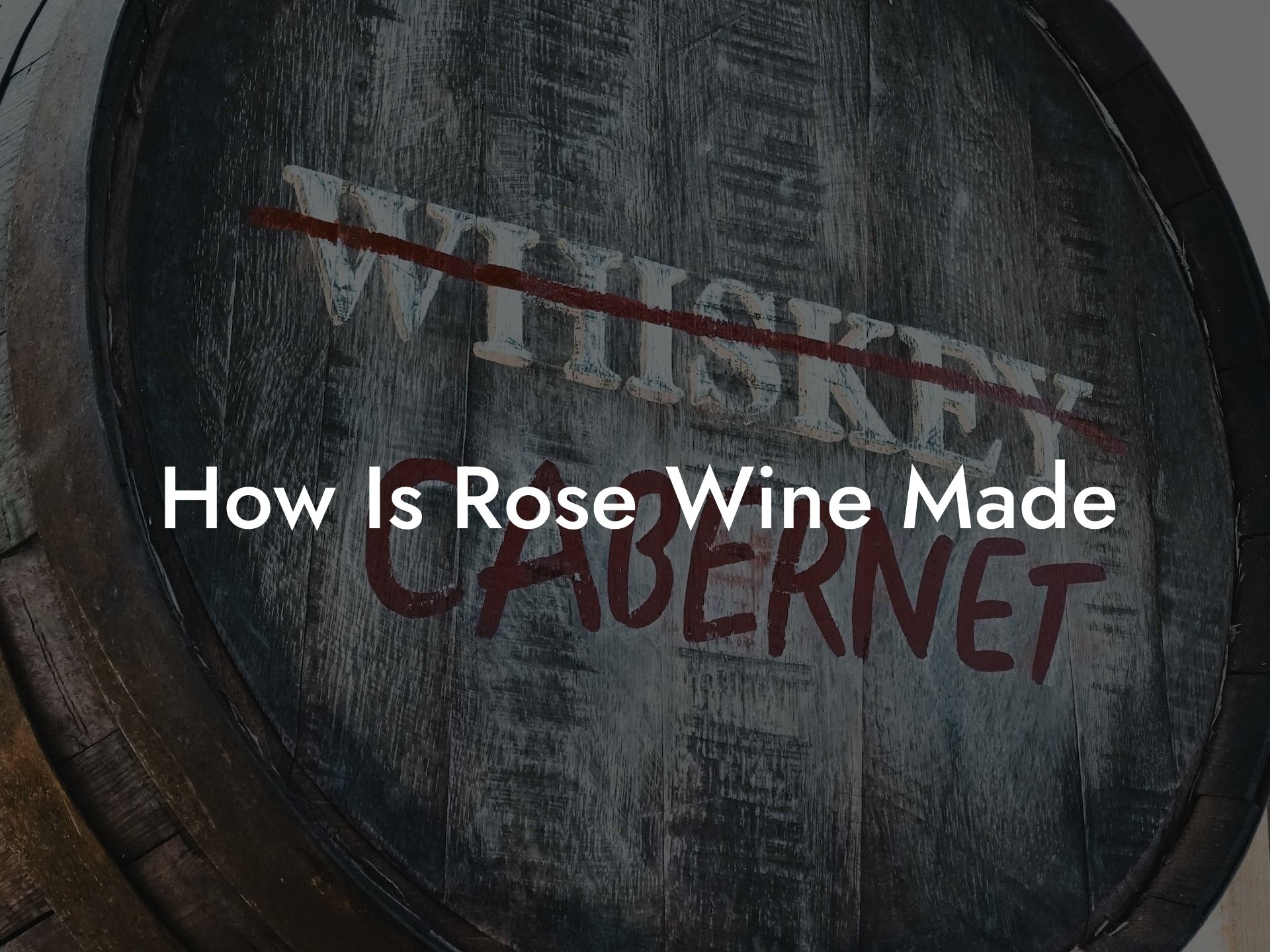Hello, fellow wine enthusiasts! Have you ever wondered about the process behind creating that perfect glass of rosé wine you so enjoy? With summer in full swing, there's no better time to delve into the world of this popular pink drink. Whether you're a budding wine connoisseur or just appreciate a refreshing glass of rosé, Black Wine Club has got you covered. In this blog post, we'll be uncovering the secrets of rosé wine production and sharing a bit of wine history. So, tag along as we raise our glasses to rosé and its undeniable charm!
How Is Rosé Wine Made Table of Contents
What is Rosé Wine?
Rosé, also known as "pink wine" or "blush wine," is a type of wine that gets its signature light reddish hue from the minimal contact between grape skins and grape juice during production. Contrary to popular belief, rosé is not made by simply blending red and white wines. Instead, its distinct color and taste come from a unique winemaking process.
Types of Rosé Wine Production
Rosé wines are produced using three primary methods:
Do You Want to Win a Free Bottle of Wine?
Don't miss out on the opportunity to win a free bottle of wine every week.
Enter our weekly prize draw today!
1. Limited Skin Maceration
This is the most common method used in producing rosé. Grapes are crushed, and the juices are left in contact with the grape skins for a short period, typically ranging from a few hours to a couple of days. The purpose of this maceration period is to extract the desired color from the grape skins. Once the desired color is achieved, the grape juice is separated from the skins and continues its fermentation process.
2. Saignée Method
The saignée (French for "bleeding") method is a byproduct method of rosé production. It involves the siphoning off of a portion of pink juice from a batch of red wine in its early stages. This process not only creates rosé wine but also intensifies the color and taste of the remaining red wine.
3. Vin Gris Method
This method is used when immediate pressing is required, and no skin maceration occurs. The red grapes are pressed as soon as they are harvested, and the juice is immediately separated from the skins. The result is a wine with an even lighter color than other rosé wines.
Popular Grape Varieties in Rosé Production
Although any red grape variety can be used to create rosé wine, certain grapes are more popular due to their characteristics and flavor profiles. The most commonly used grape varieties in rosé winemaking include:
- Grenache
- Syrah
- Mourvedre
- Tempranillo
- Sangiovese
- Pinot Noir
- Cabernet Sauvignon
How Is Rosé Wine Made Example:
A Day in the Life of a Winemaker Producing Rosé
It's the peak of harvest season, and a winemaker in Provence, France, has just proudly collected a splendid batch of Grenache grapes. She proceeds to crush the grapes and allow the juice and skins to mingle for a few hours. Delighted with the resulting pale pink hue, she separates the juice from the skins and cultivates the fermentation process. Over time, the wine develops its signature refreshing and fruity profile. Finally, after being bottled, chilled, and shipped, a glass of this beautiful rosé ends up in your hands, ready for you to savor the flavors and craftsmanship.
Now that you've had a taste of the fascinating world of rosé winemaking, we hope you've discovered a newfound appreciation for this delightful pink drink. The beauty of rosé lies in its versatility and sheer range of flavors. From crisp and zesty to sweet and fruity, there's a rosé for every palate. So go ahead and explore the varied hues and tastes of rosé wines, and don't forget to share this delightful guide with fellow wine enthusiasts. For more fascinating wine insights, keep exploring Black Wine Club’s captivating content!
Do You Want to Win a Free Bottle of Wine?
Don't miss out on the opportunity to win a free bottle of wine every week.
Enter our weekly prize draw today!












